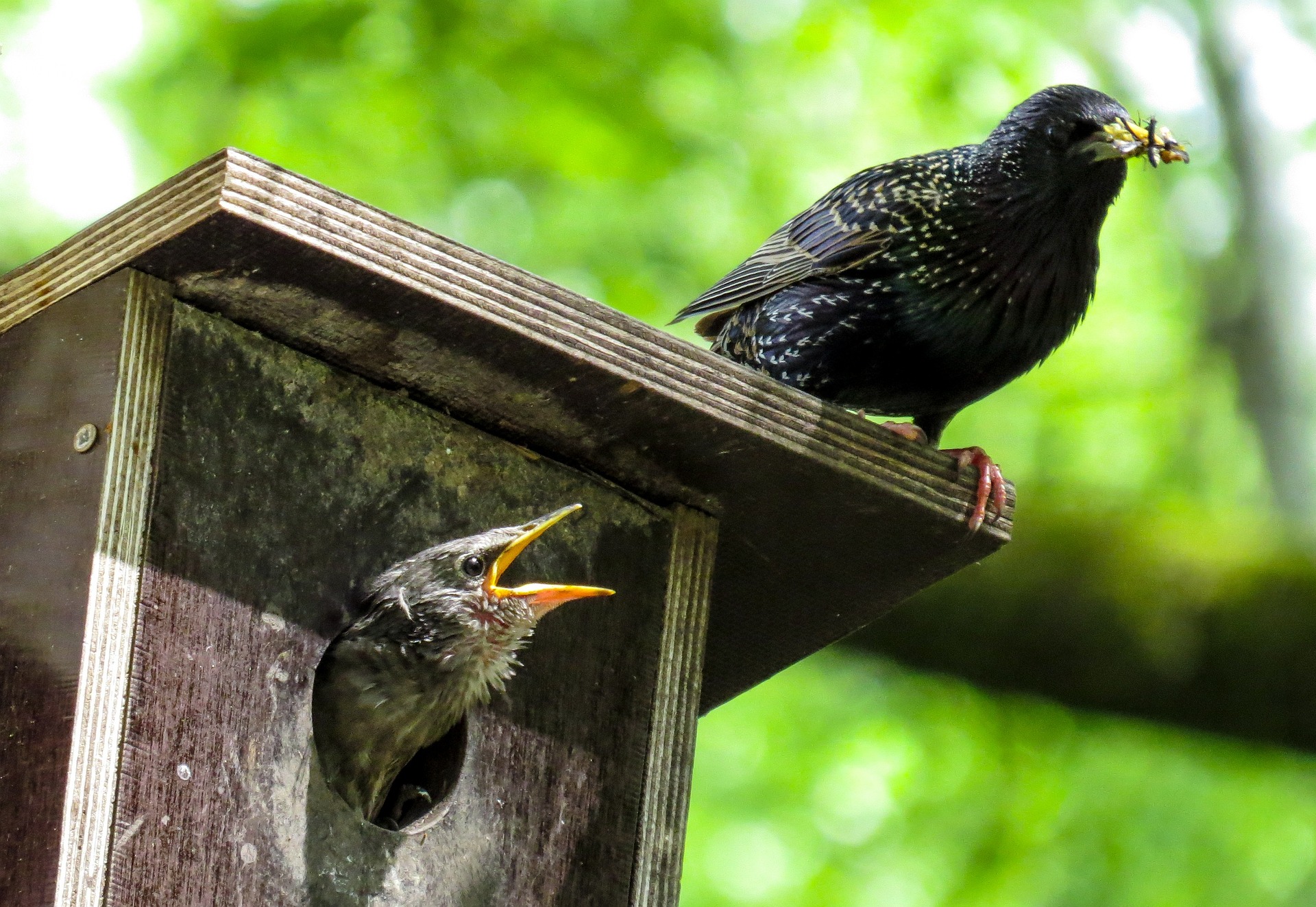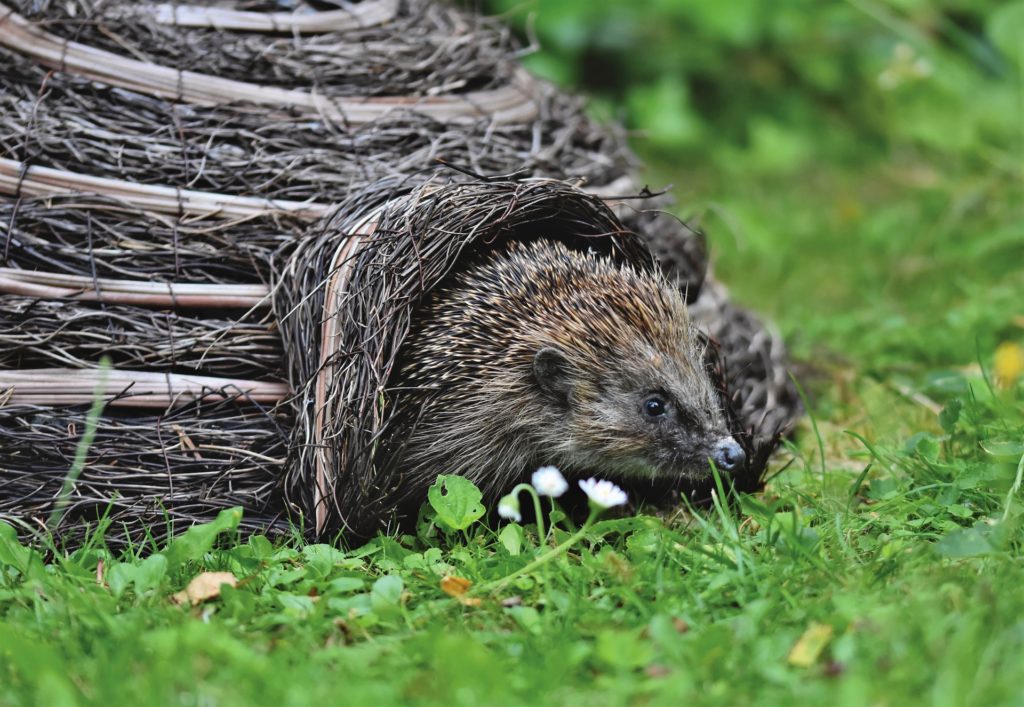
Support for Wildlife on New Build Developments
Housebuilders across the United Kingdom who are responsible for approximately 90,000 new homes are now taking part in a new initiative to Implement bird-nesting bricks or boxes and create hedgehog highways as standard features in new housing developments from September 2024.
It can have positive impacts in various forms, including biodiversity, community, well-being, and environmental education.
We have listed some key areas of impact for you to look at and consider when you purchase a new home or if designing and building your own home with these additions:
Biodiversity and Wildlife Conservation
Support for Bird Populations:
Bird-nesting bricks or boxes provide safe nesting sites for birds, many of which are facing habitat loss due to vast urbanisation. This can help in stabilise and even increase local bird populations.
Hedgehog Preservation:
Hedgehog highways—small gaps in fences and walls—allow hedgehogs to roam freely between gardens. The connection is crucial for their foraging, mating, and survival, especially as hedgehog numbers have declined drastically in recent years.
Enhanced Urban Ecosystems:
Both initiatives contribute to creating urban environments that support diverse species, leading to healthier and more resilient ecosystems. This can help in controlling pest populations naturally and maintaining the general ecological balance.
Community and Social Impact
Enhanced Quality of Life:
The presence of wildlife can enhance the well-being of residents, offering opportunities for nature watching and increasing the aesthetic appeal of neighbourhoods.
Educational Opportunities:
These initiatives can serve as educational tools, fostering a greater appreciation for nature among communities, particularly children. It can lead to increased environmental awareness and stewardship.
Community Engagement:
Residents may become more involved in local conservation efforts, such as participating in bird counts or hedgehog monitoring projects. This could strengthen community bonds and create a sense of shared responsibility for local wildlife.

Environmental and Developmental Benefits
Sustainable Development:
Integrating wildlife-friendly features into housing developments aligns with principles of sustainable development. This can enhance the reputation of developers and attract eco- conscious buyers.
Long-term Environmental Gains:
Over time, these measures could contribute to a broader environmental goal, such as increasing green spaces, improving our air quality, and reducing the urban heat island effect.
Potential Challenges and Considerations
Cost and Implementation:
The initial costs associated with installing bird-nesting bricks and creating hedgehog highways are generally low and can be offset by the long-term benefits for the environment.
Maintenance and Monitoring:
Ensuring that these features remain as functional and effective as the day there were built it will require ongoing maintenance and monitoring, which developers and residents need to be prepared for.
Adoption and Standardisation:
The success of these initiatives depends on widespread adoption and standardisation across the industry. Encouraging companies and purchasers to participate and setting clear guidelines will be crucial.
Conclusion
Incorporating bird-nesting bricks and hedgehog highways into new housing developments could create substantial benefits for biodiversity, community well-being, and sustainable development. These initiatives represent practical steps towards creating more wildlife-friendly environments in an urban setting and fostering a greater connection between people and nature. While there are challenges to be addressed, the long-term advantages make these measures highly worthwhile. With the younger generation opting for new builds and a cleaner lifestyle this encompasses modern build with natural evolution of wildlife

Sorry, the comment form is closed at this time.